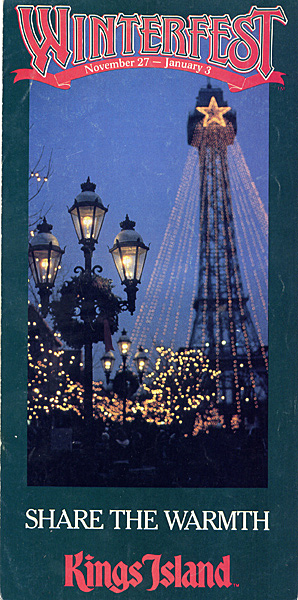We operate a mid-sized theme park. We
have had to include free parking, free drinks and other benefits to our season
passes, but our in-park spending is still down. What can we do?
Thanks,
Roland
Dear Roland:
Your question about how to improve in-park spending is
certainly germane to today’s leisure business.
When we look at park revenues, we see that they typically come in this
manner: 50% from admissions and 50% from
in-park spending. As our industry
matures, we have seen definite swings in our per capita spending. We have seen season pass sales all but
eliminate the a la carte, or full price ticket.
When you examine Six Flags and Cedar Fair, it is fair to estimate that
approximately 40% to 50% of their annual attendance comes from season passes –
unimaginable 20 years ago.
Our admission ticket sales are divided into multiple
categories, including a la carte, promotions, group sales, good-any-day (GADs),
and special events. As I stated, the
season pass category has seen the largest growth, primarily due to premium
additions and selling, as you stated, free parking, “bring a friend” days, and
“buy early” promos. Also making an
impact are the programs that allow purchasers to “make payments”. Parks have
started to sell large quantities and sell them early. The reason is to lock the season pass holder
in early and to get the cash on cash usage.
These are just a few of the approaches that operators are taking to
increase season pass sales.
Now, we have seen programs such as “free soft drinks” (as much as you want) have huge impacts on park attendance. Holiday World in Santa Claus, Indiana introduced this concept a few years ago to remarkable results. What else they did – if memory serves me correctly – was to also increase the front gate admission by two or three dollars. People loved the idea and did not flinch at the price increase, which was an increase larger than normal. But, hey, people got something free – something that was to them a real bargain. It worked well there and at other parks who appropriately adopted the concept and also raised prices. Remember, Roland, “to accept the dilution you have to increase the volume.”
The Holiday World free drink program gave away a very
lucrative high profit item, but more than made it up at the front gate where the
majority of the increase fell directly to the bottom line.
 Games revenues have suffered ever since the mid-2000s
economic downturn. People stopped playing
the impulse games because it was not something that they absolutely needed to
spend money on in order to enjoy a day at the park. Cutbacks were made and games were
impacted. When we study the pricing on
playing games, we see that many games which started out priced at $0.50 and
$1.00 are now in the range of $3.00 to $5.00.
This is quite an increase and not a necessity to spend in order to enjoy
a visit as I stated. So, if you have a
skill games program, you may want to re-examine your pricing model and “give”
to see if lower prices might induce more players. You can always adjust your cost of sales,
based on the prizes you give. Finding
the correct plush or premium that fits your pricing model is do-able. It takes proper calculation and study to
correctly select product and price the games.
Remember, Roland, games typically have a higher margin yield than food
and beverage and general merchandise. So
it behooves you to properly plan the games from time to time based on economy
and player popularity.
Games revenues have suffered ever since the mid-2000s
economic downturn. People stopped playing
the impulse games because it was not something that they absolutely needed to
spend money on in order to enjoy a day at the park. Cutbacks were made and games were
impacted. When we study the pricing on
playing games, we see that many games which started out priced at $0.50 and
$1.00 are now in the range of $3.00 to $5.00.
This is quite an increase and not a necessity to spend in order to enjoy
a visit as I stated. So, if you have a
skill games program, you may want to re-examine your pricing model and “give”
to see if lower prices might induce more players. You can always adjust your cost of sales,
based on the prizes you give. Finding
the correct plush or premium that fits your pricing model is do-able. It takes proper calculation and study to
correctly select product and price the games.
Remember, Roland, games typically have a higher margin yield than food
and beverage and general merchandise. So
it behooves you to properly plan the games from time to time based on economy
and player popularity.
The other major program larger parks are adopting is evening
programs. These programs keep the guests
in the park longer. Longer stays promote
particularly more and higher food and beverage per capitas. So, anything you can add to your park to extend
the visit will have a positive impact on your in-park per capita spending
levels.
I suggest that you and your management team review these
programs annually to determine what is best for your park. Price increases alone can turn off the
public, so any in-park price escalations need to be tied to a “price / value”
plan that makes sound product economics.
Roland, good luck. If
we can ever assist, please do not hesitate to call us.
















